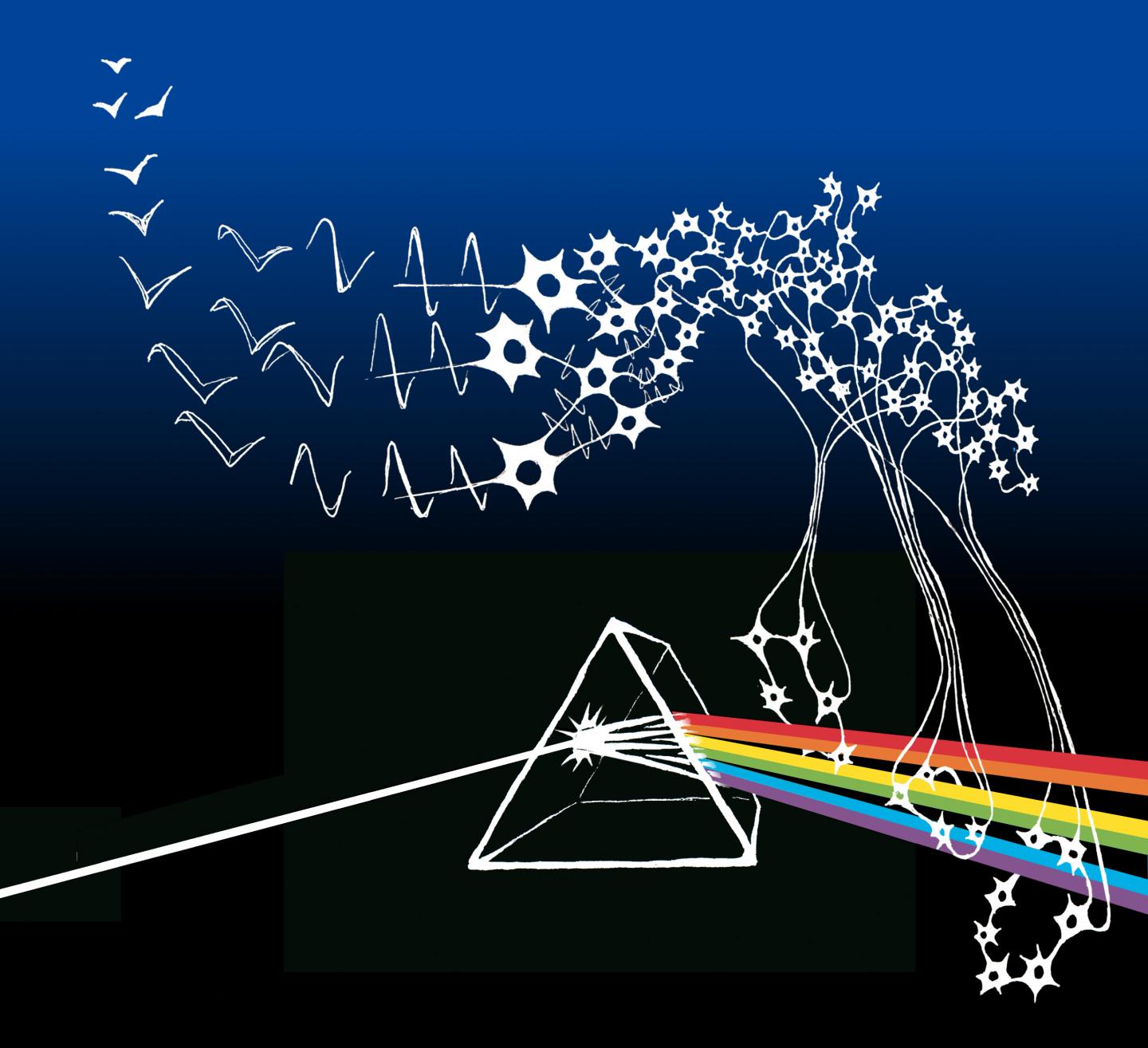
IMAGE: Stimuli from our sensory world are processed separately through the prism of structured, ring-like, sensory networks in the brain. According to the new model of working memory from Princeton University’s… view more
Credit: Courtesy of the authors
A new article in Neuron from Princeton University neuroscientists Flora Bouchacourt and Tim Buschman presents a new model of working memory.
Working memory is your ability to hold things ‘in mind.’ It acts as a workspace in which information can be held, manipulated, and then used to guide behavior. In this way, it plays a critical role in cognition, decoupling behavior from the immediate sensory world. One of the remarkable things about working memory is its flexibility — you can hold anything in mind.
How this flexibility is achieved has not been understood. In their new manuscript, Bouchacourt and Buschman present a new model of working memory that captures this flexibility.
The model combines a high-dimensional random network with structured sensory networks to flexibly maintain any input. The untuned nature of the connections allows the network to maintain any arbitrary input.
However, this flexibility comes at a cost: the random connections overlap, leading to interference between representations and limiting the memory capacity of the network. This matches the limited capacity of working memory in humans and suggests there is a tradeoff between flexibility and capacity in working memory.
In addition, the model captures several other behavioral and neurophysiological characteristics of working memory.
This work provides new insight into a core cognitive function in humans. Ongoing work hopes to understand how these mechanisms may be disrupted in neuropsychiatric diseases that disrupt working memory.
###
Disclaimer: AAAS and EurekAlert! are not responsible for the accuracy of news releases posted to EurekAlert! by contributing institutions or for the use of any information through the EurekAlert system.

